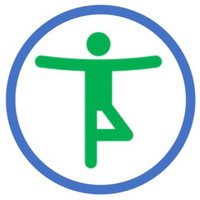
The STAB:LE Program
@stable_program
Systematically developing the essential movement skills that older adults need at home, outside, and in the community
ID: 1494145447513911296
https://www.udemy.com/course/floor-transfer-training/?referralCode=D75B05F8C98F099B3D01 17-02-2022 03:03:42
611 Tweet
2,2K Followers
854 Following
























